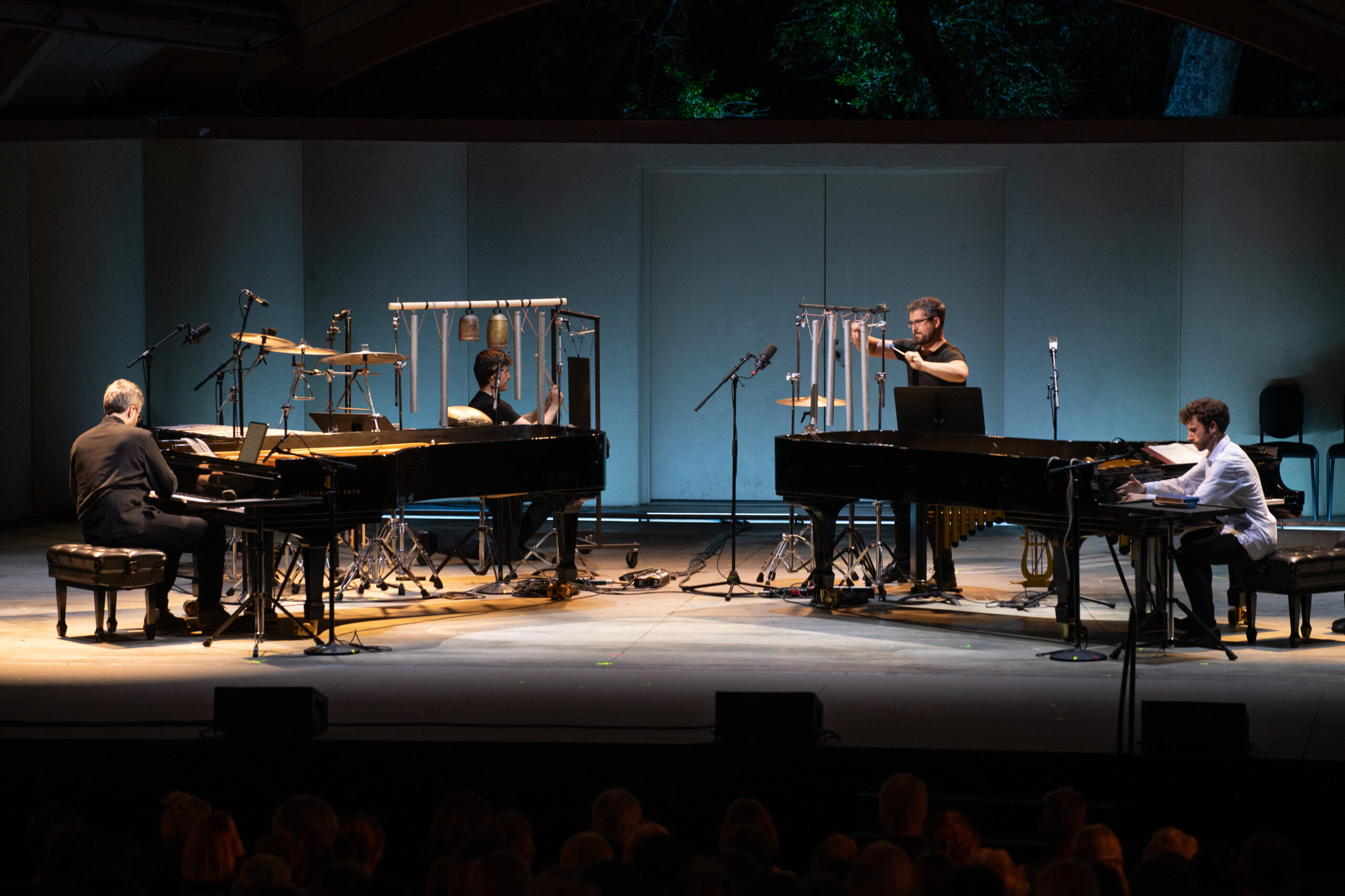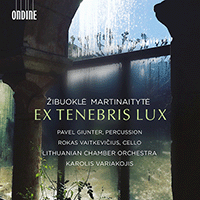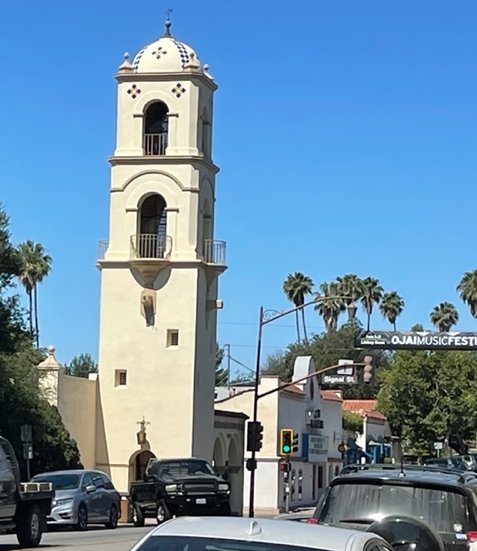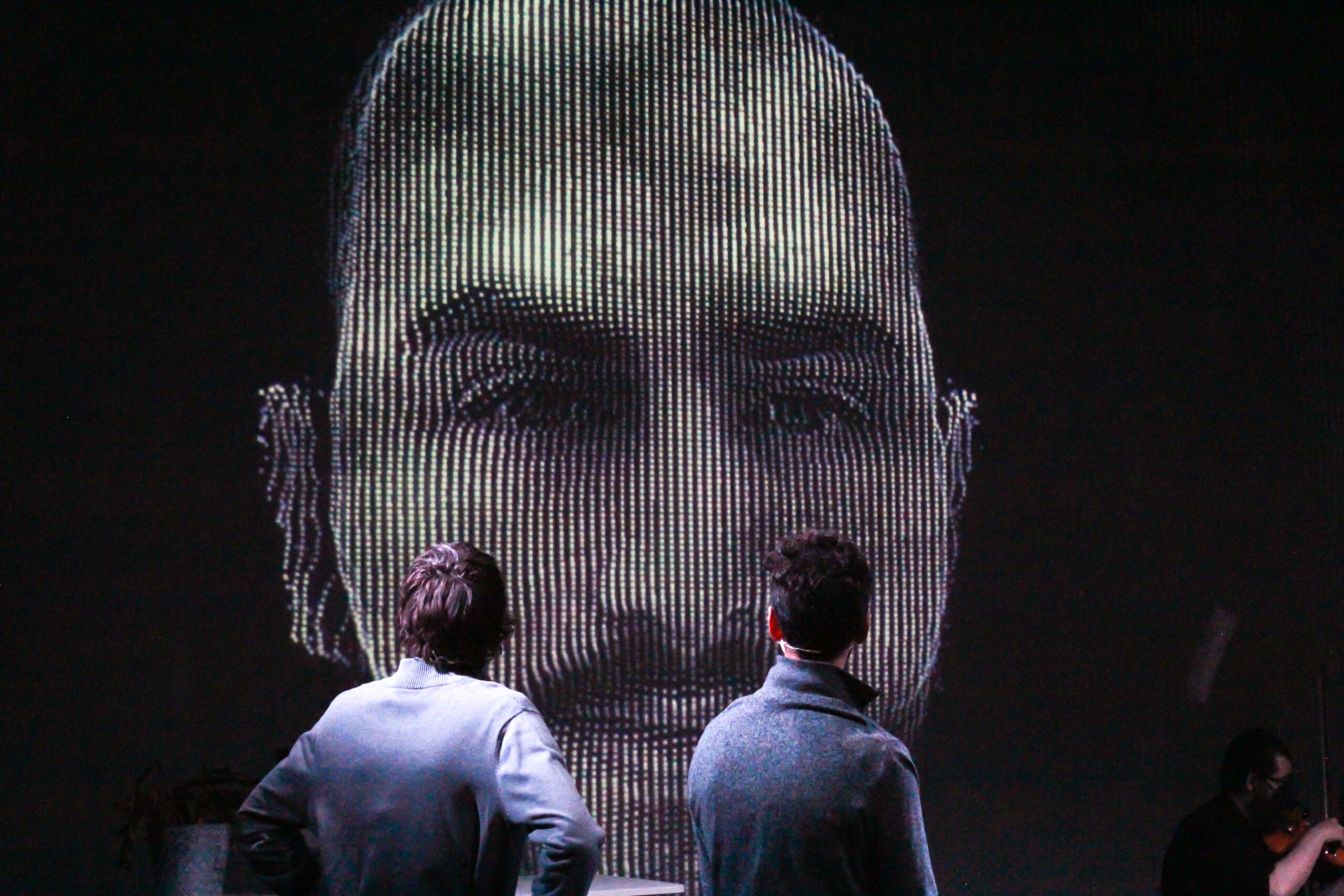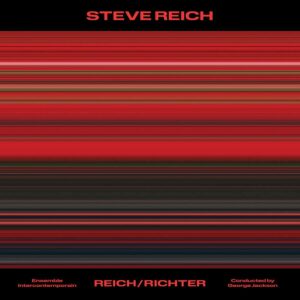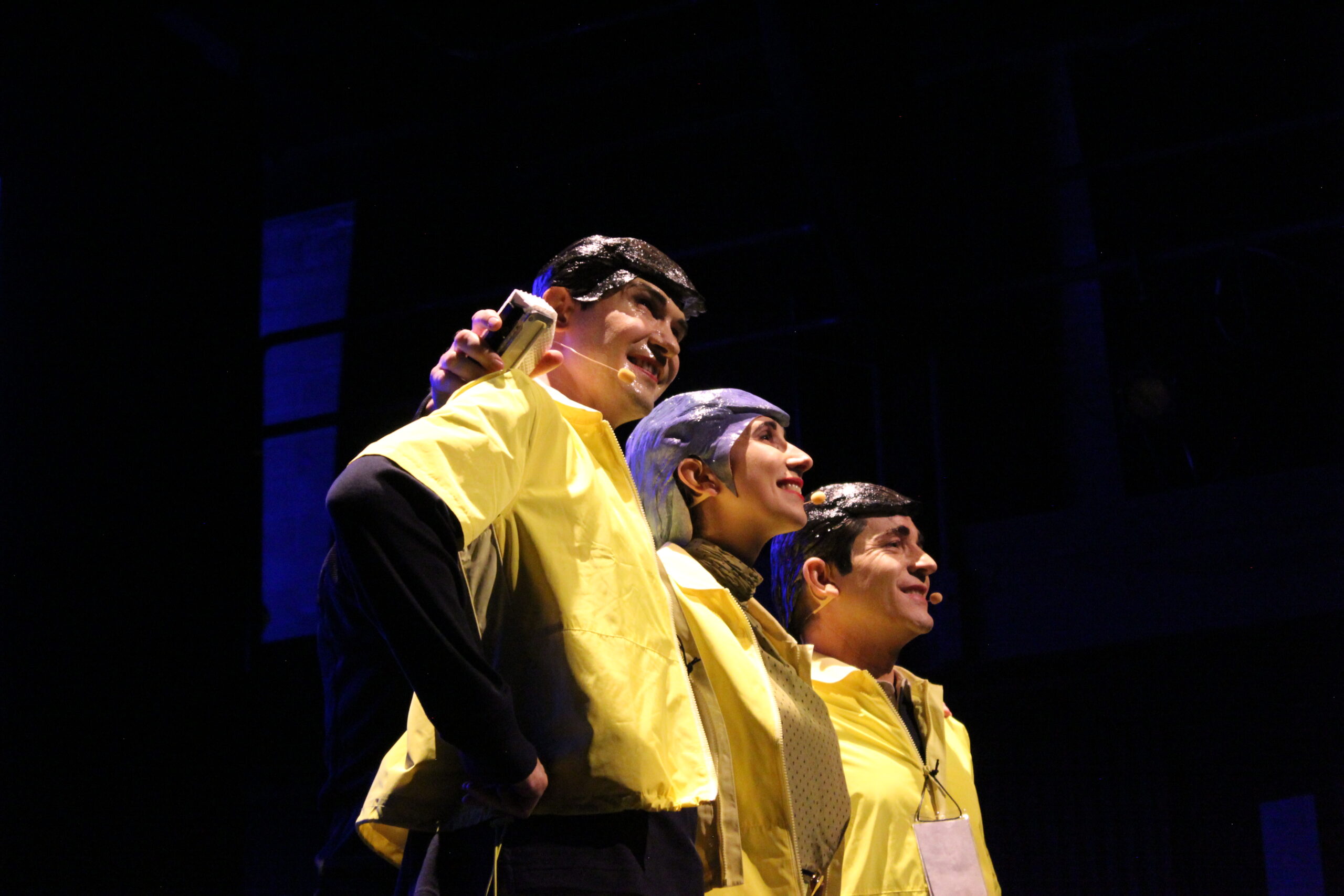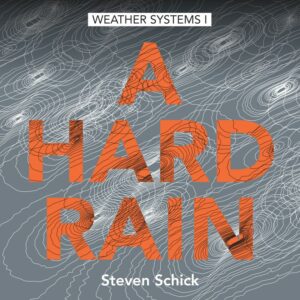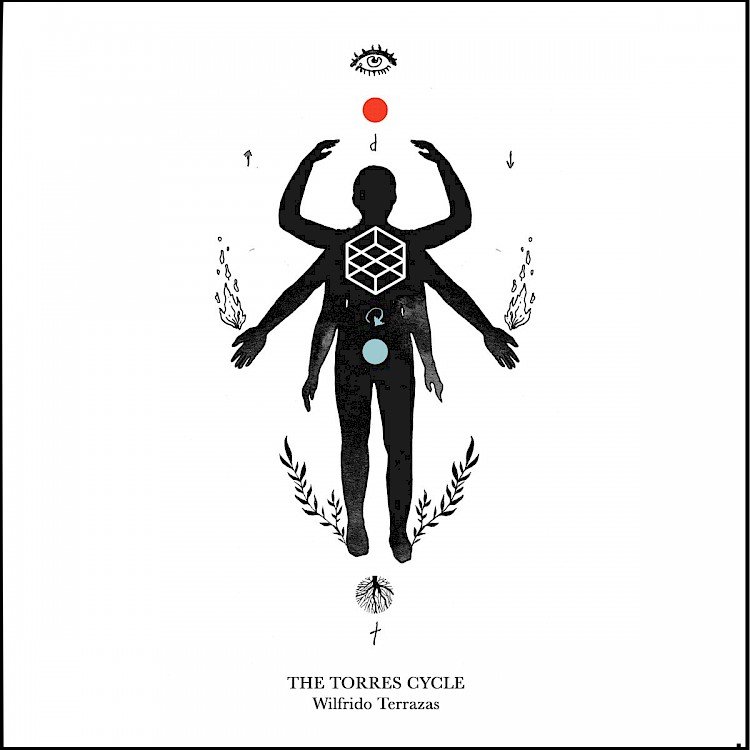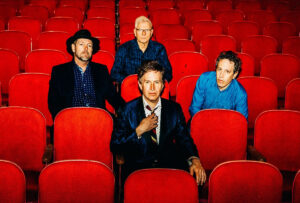Vadim Neselovskyi
Odesa
Sunnyside Records
Jazz pianist Vadim Neselovskyi was born in Ukraine. He moved to the US to study at Berklee and has since joined its faculty, splitting his time between New York, Boston, and as a touring musician. His latest recording for Sunnyside, Odesa (the Ukrainian spelling of the city’s name) is a memory book of Neselovskyi’s childhood in Ukraine, with various places and experiences recounted as programmatic elements of the music. Another layer of the recording’s organization is the use of Pictures at an Exhibition, by Russian composer Modest Mussorgsky, its character as a suite of images that one encounters walking through a museum, as a kind of touchstone for the scenes Neselovskyi has depicted. Accordingly, he subtitles Odesa, “A musical walk through a legendary city.” There are several places where Neselovskyi slyly interpolates brief flashes of Mussorgsky’s music; one will hear a particularly vivid quote at the end of track two, “Odesa Railway Station.”
Classical music frequently informs Neselovskyi’s playing. He is a double-threat pianist, one able to channel and play concert music while at the same time possessing sturdy jazz chops and improvisational acumen. On “Potemkin Stairs,” there are flurries of ostinatos, calling to mind both minimalism and the passagework of Romantic concertos. These are interspersed with plummy chordal passages that halt the piece’s momentum to savor a rich harmonic language. Where “Potemkin Stairs” is virtuosic, “Winter in Odesa” seems based on Eastern European folk music, with a concomitant Impressionist cast. Here Neselovskyi builds a moving piece out of a simple modal tune and countermelodies. Over time, elaborate ornaments are added to the middle section, only to return to the modal tune with a fourths and fifths harmonic accompaniment: another signature of folk music.
Neselovskyi had distinguished studies and an early acceptance at Odesa Conservatory. This is celebrated by “Waltz of Odesa Conservatory,” which depicts a mischievous youth playing with humorous, showy, and then jazzy gestures. One can imagine young Neselovskyi far away from his teachers when playing in this manner. The waltz is great fun: one could imagine a notated version serving as a competition piece. “My First Rock Concert” is the only composition on Odesa that isn’t an original. It is based on the rock song “Blood Type” by Viktor Tsoy. The voicings remind one of how barre chords are played on the electric guitar, with lots of parallelisms. Playing this alongside the vocal melody, bass part, and inflections of the percussion is no mean feat, and it stretches out with proggy soloistic sections to eight minutes in duration (now I want to check out some Viktor Tsoy: Neselovskyi makes him sound compelling).
Two interludes serve as etudes for modern jazz styles, the first atmospheric and the second angular. “Acacia Trees” inhabits a hushed wayward melody and aching, poignant harmonies. The opening line of “Odesa 1941” delicate too, but it is accompanied by a thrumming, sustained bass pedal and succeeded shortly by dissonance verticals and a polymetric dance and a thunderous middle cadence. It is like a tempestuous amalgam of works by Bartôk and Shostakovich. At the piece’s conclusion, the gentle opening melody returns, basically unaccompanied. Thus, the entire dynamic and rhetorical spectrum is accommodated in just under six minutes. Supplied with a brief Phrygian introduction filled with open fourths/fifths, “Jewish Dance” depicts another aspect of Neselovskyi’s background. The dance proper has a soprano register tune that glides downward through a minor scale with a flat second, a feature of both Jewish and Eastern European music. The tune reverses direction, rising against countermelodies and thick quartal/quintal bass register chords. The two melodies, now in soprano and alto registers, are juxtaposed and one is augmented, creating a long, pedal-supported cadenza. The last section of the piece brings its register down about an octave, thickening the accompaniment and adding a slice of swing to the polymeter. It moves into half-time, then double-time, and ends with another descending cadenza and a pedaled splash of color.
“The Renaissance of Odesa” concludes the recording. A haunting midrange melody against harmonically intricate arpeggiations, that lead the tune through a number of key areas, occupies a registration previously unheard on the recording. But two flourishes at the end once again evoke Mussorgsky: low bass fifths and octaves and an altissimo register modal duet. It is as if Neselovskyi is saying goodbye, for now, to his past and to all its treasured reference points. Odesa is imaginative, superlatively well performed, and enthusiastically recommended.
(All proceeds from the recording go to humanitarian efforts in Ukraine).
-Christian Carey

